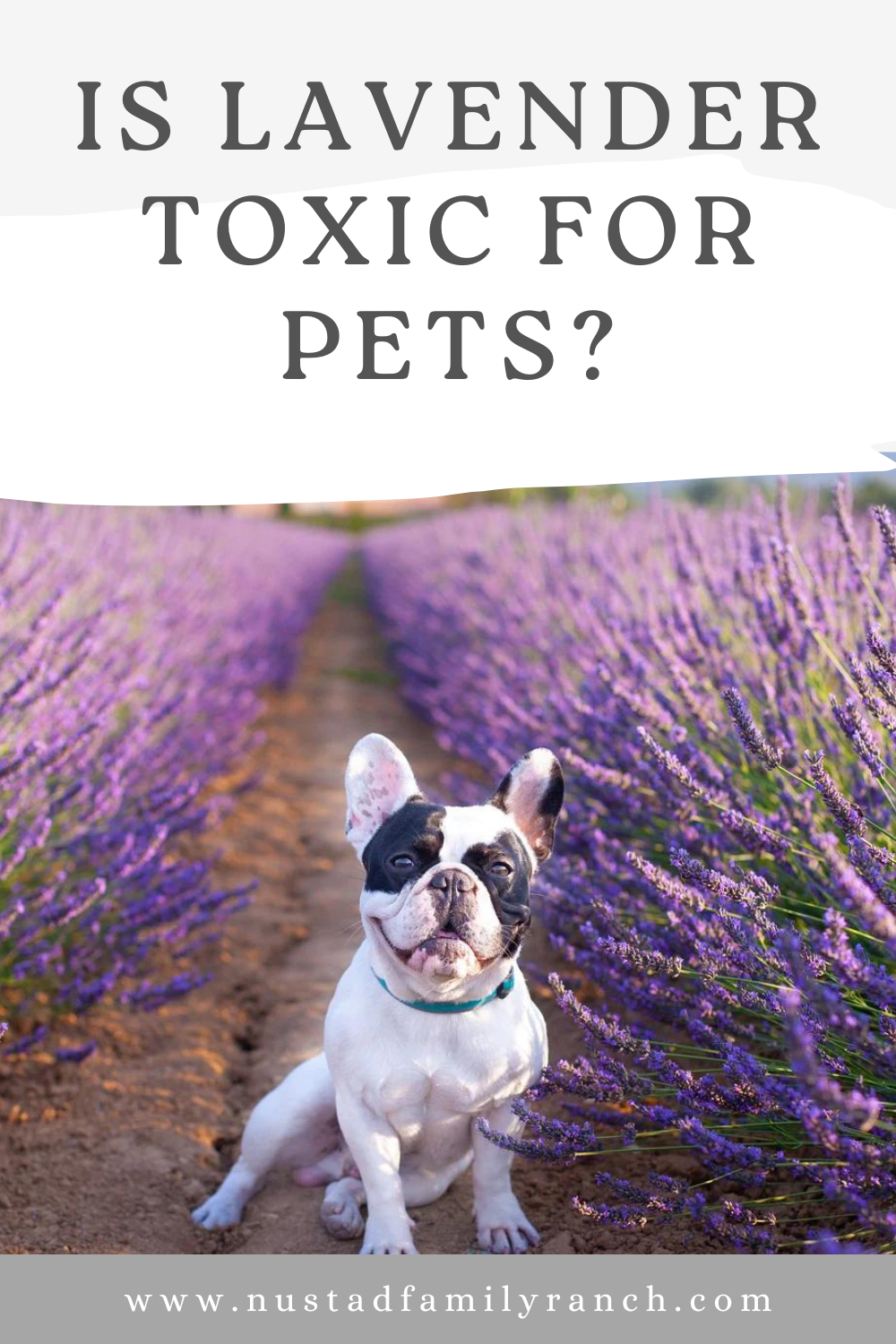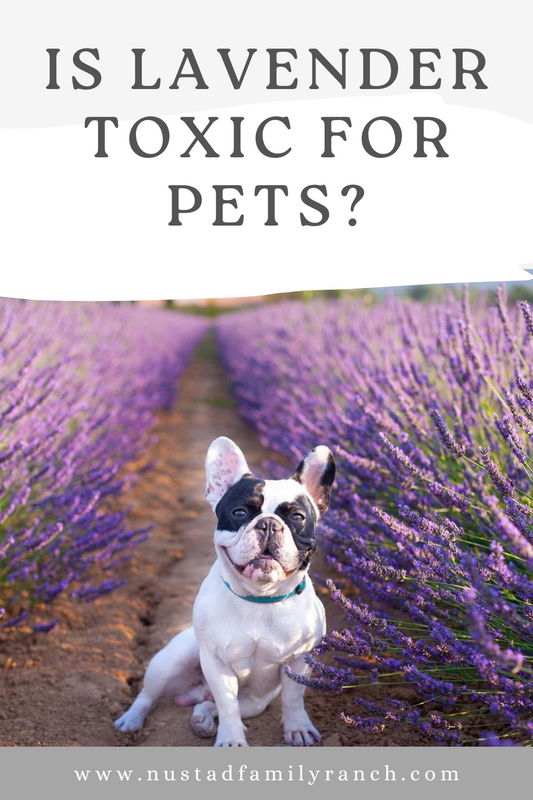Lavender is a beloved plant cherished for its calming aroma and myriad of therapeutic properties. From essential oils to bath salts, lavender-infused products have become staples in many households for relaxation and wellness. But amidst the blissful benefits for humans, concerns arise about the safety of lavender for our furry companions – dogs and cats. Are lavender plants toxic for pets? You can read more about specific pets like dogs, and cats here:
Is Lavender toxic for dogs?
Is Lavender Toxic for cats?
Let's delve into this question and explore the safety precautions pet owners should take when incorporating lavender into their homes.
Lavender and Pets: The Concerns
Lavender (Lavandula angustifolia) contains compounds such as linalool and linalyl acetate, which give it its characteristic scent and therapeutic properties. While lavender is generally considered safe for humans when used appropriately, its effects on pets can differ due to variations in metabolism and sensitivity.
1. Lavender Ingestion: What happens if your dog (or cat) ingest lavender? One of the primary concerns with pets and lavender is ingestion. Consuming lavender plants or large amounts of lavender-based products can potentially lead to gastrointestinal upset in pets. Depending on the amount ingested, symptoms may include vomiting, diarrhea, or abdominal discomfort. If your dog consumes lavender, it is important to take them to the vet immediately.
2. Essential Oils: Essential oils extracted from lavender are highly concentrated and pose a higher risk to pets. Ingestion or excessive inhalation of lavender essential oil can result in toxicity symptoms such as drooling, lethargy, difficulty breathing, or even liver damage in severe cases.
3. Skin Irritation: Pets, particularly cats, may be sensitive to topical applications of lavender. Direct contact with lavender-infused products like lotions or shampoos may cause skin irritation or allergic reactions in some animals.
Safety Measures for Pet Owners
While the risks associated with lavender and pets are relatively low compared to some other plants and substances, responsible pet ownership involves taking necessary precautions to ensure your furry friends' safety and well-being.
1. Supervision and Restricted Access: Monitor your pets when introducing lavender plants or products into your home. Consider keeping lavender plants out of reach or in areas where pets cannot access them freely.
2. Dilution and Moderation: If using lavender essential oils around pets, always dilute them properly and use them sparingly. Avoid applying undiluted essential oils directly onto your pet's fur or skin. Consult with a veterinarian or aromatherapist experienced in pet safety for appropriate dilution ratios.
3. Alternative Options: If you're unsure about using lavender around your pets or if your pet shows signs of sensitivity, explore alternative calming options such as pheromone diffusers or herbal remedies specifically formulated for pets.
4. Vet Consultation: Before incorporating any new products or plants into your home environment, especially if your pet has pre-existing health conditions or sensitivities, consult with your veterinarian for personalized advice and recommendations.
Beyond Plants: Lavender in Products
Aside from the live plant and essential oils, lavender finds its way into numerous household products, including candles, air fresheners, and bath and body products. While these products may offer a delightful lavender scent for humans, it's essential to consider their potential impact on pets.
1. Candles: Are Lavender candles safe for dogs and cats? Be cautious when burning lavender-scented candles, especially in confined spaces. Pets can inhale the fragrance, and prolonged exposure to airborne particles from candles may irritate their respiratory systems.
2. Bath and Body Products: When using lavender-infused bath and body products, rinse thoroughly before interacting with your pets, as residue from these products could be transferred onto their fur or skin during contact.
3. Air Fresheners: Avoid using plug-in or aerosol air fresheners containing lavender in areas where pets spend a significant amount of time. Opt for pet-safe alternatives or natural methods of freshening the air, such as opening windows or using baking soda.
In conclusion, while lavender is generally considered safe for humans, pet owners should exercise caution when introducing lavender plants or products into their homes. While the risks associated with lavender toxicity in pets are relatively low, responsible pet ownership involves being mindful of potential hazards and taking proactive steps to mitigate them. By practicing supervision, moderation, and consulting with veterinary professionals when needed, pet owners can create a safe and harmonious environment for both their furry friends and themselves.
If you need further help with you pet, be sure to call your local vet!



